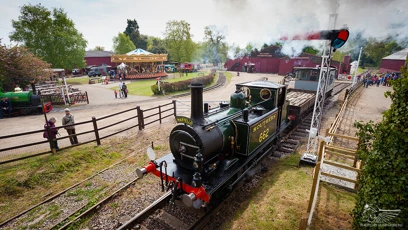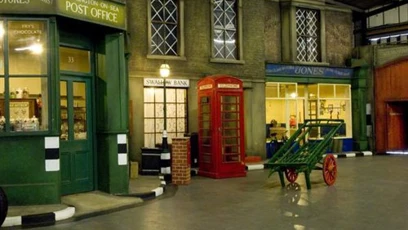Our history and collection
Bressingham Steam Museum and Gardens were the vision of one man.
Alan Bloom (1906 – 2005) was an extremely skilled horticulturist who bred or named 170 plants. He was also a great steam enthusiast.
Alan spent most of his long life at Bressingham Hall. A post-war entrepreneur, in 1946 he bought the house and 200 acres, which were to become the famous nursery, Blooms of Bressingham.
It was here in the 1950s that Alan invented a new style of gardening, using herbaceous perennials in island beds in the six-acre Dell Garden.
He saw the island beds as a way of promoting wider interest in these plants, and as a way of encouraging people – whatever the size of their garden – to be more adventurous with perennials. Soon, islands beds were appearing in gardens all over Britain.
As well as his incredible horticultural legacy, in the 1960s Alan started collecting steam engines, saving them from the scrap heap and preserving them for generations to come.
In 1961 he bought his first – ‘Bertha’ a Burrell general purpose traction engine – and over the next two years he became the owner of 13 traction engines and rollers. During this time he opened his collection to the public, and Bressingham Steam Museum was born.
Alan then turned his attention to railways, buying steam engines which were being retired from British Railways and building tracks all around the Bressingham site.
Many of Alan’s early acquisitions are still on display here at the museum. Included in our collection are a wide variety of steam engines, from miniature steam models to standard gauge steam engines, traction engines, stationary engines, road-rollers and boats.




